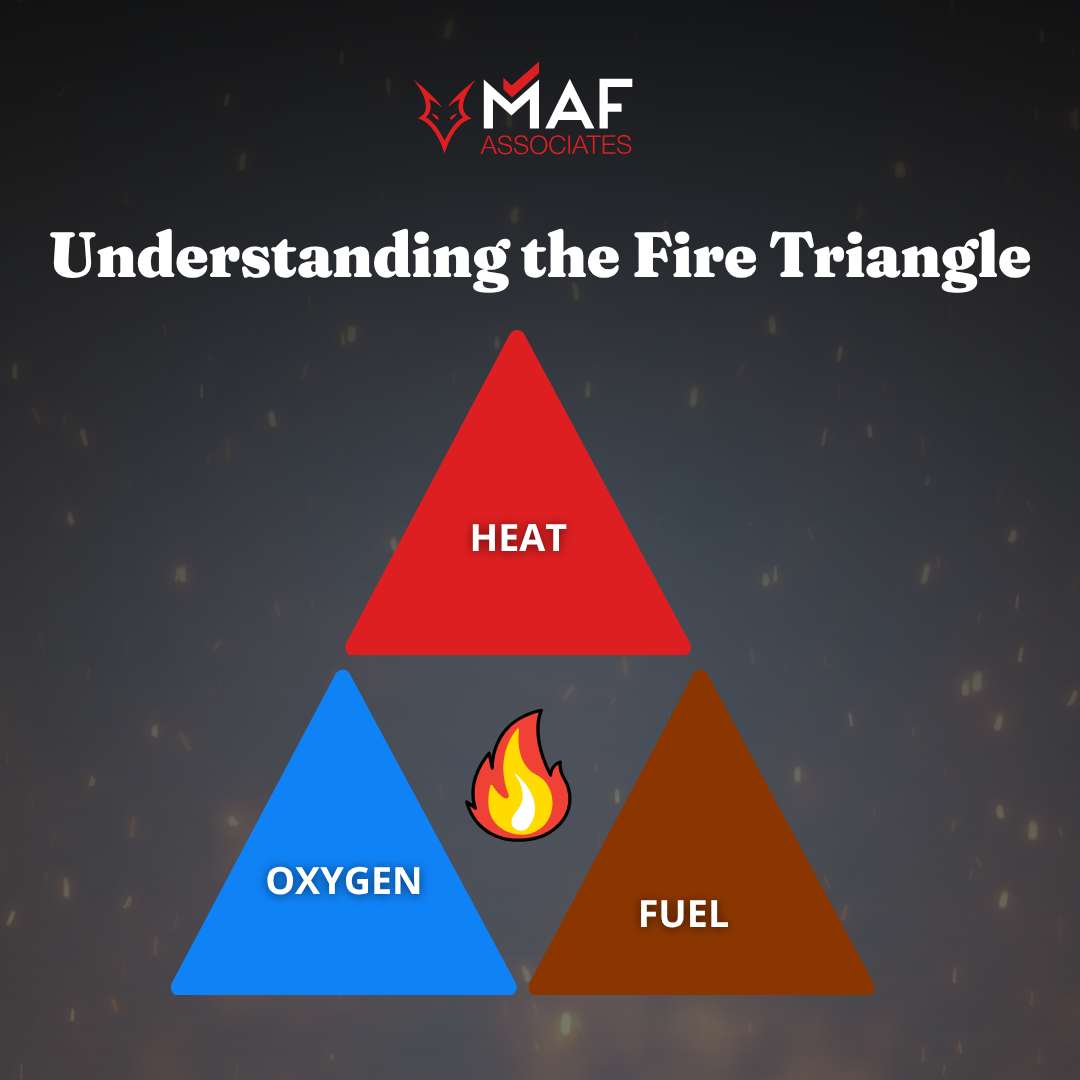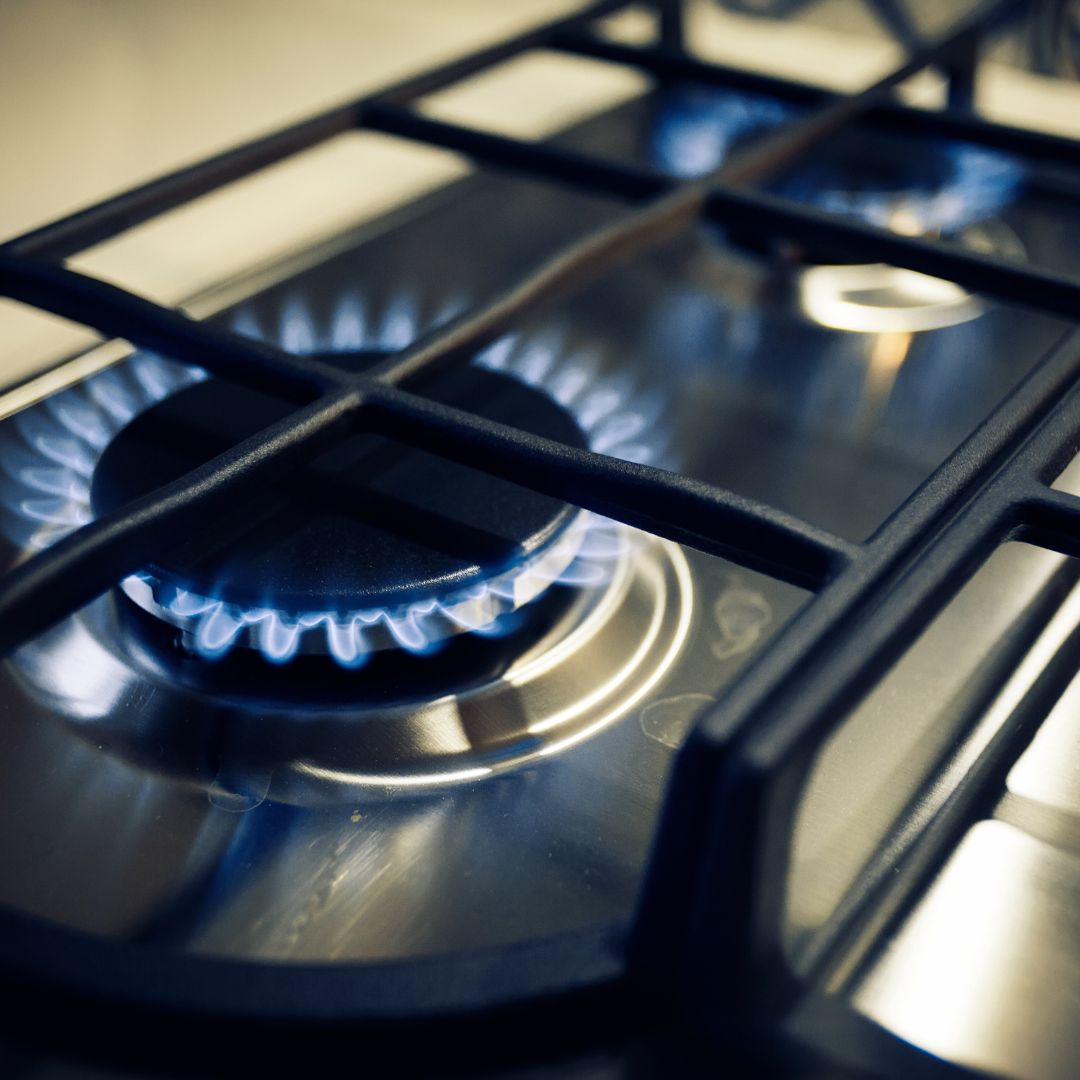What Is the Fire Triangle? How It Helps Prevent Fires

Fire is a chemical reaction that requires three essential elements to start and continue. These elements form what is commonly known as the fire triangle: heat, fuel, and oxygen. Take away any one of these components, and the fire cannot ignite or will be extinguished.
The Three Components of the Fire Triangle
Heat
This is the initial source of ignition, such as a spark, flame, or hot surface. If the temperature drops below the ignition threshold, combustion cannot continue.
Fuel
This refers to any material that can burn, including wood, paper, textiles, liquids or gases. Without fuel, the fire has nothing to consume and will die out.
Oxygen
Typically provided by the air, oxygen supports the chemical reaction of combustion. Reduce or cut off oxygen supply, and the fire is suppressed (for instance, using a fire blanket).
How Fires Are Prevented or Extinguished
To tackle a fire, you only need to disrupt one of the triangle’s points:
- Cooling (removing heat): often done with water or appropriate extinguishing agents.
- Smothering (removing oxygen): for instance, using CO₂ extinguishers or fire blankets.
- Removing fuel: clearing combustible materials away from ignition sources.
Beyond the Triangle: The Fire Tetrahedron
Some textbooks add a fourth element to the concept: the chemical chain reaction, transforming the triangle into a fire tetrahedron. This model applies especially to advanced fires or those involving reactive metals, where chain reactions must be broken to stop combustion.
Practical Examples in Everyday Settings

A small kitchen fire on a hob can be contained by covering it with a fire blanket (blocking oxygen), using an extinguisher to cool it, or removing flammable items from the vicinity.
In industrial or metal fires, special agents like dry sand might be used to interrupt chemical reactions rather than water, since some metals react dangerously with water.
In wildfires, firebreaks remove fuel, and aerial water drops help cool and reduce the flame.
Why Fire Safety Risk Assessments Rely on the Fire Triangle
Every fire safety assessment and subsequent planning depends on understanding which of the triangle’s elements poses the greatest risk in a given scenario:
- Are ignition sources (heat) controlled in server rooms or kitchens?
- Is fuel (combustible material) stored properly?
- Can the oxygen supply be limited quickly in a small blaze?
This informs decisions around fire alarms, extinguishers, suppression systems, and documented procedures.
In fact, training sessions often explain how to disrupt the triangle in real-world fire scenarios, ensuring teams know which strategy to apply.
Structuring Your Fire Safety Strategy
A complete fire safety plan should cover all three elements of the fire triangle.
- This includes preventing heat sources through e-safety measures, safe kitchen practices, and regular equipment checks, all of which fall under the scope of our surveys and inspections we carry out.
- It also means managing or removing potential fuel sources by keeping spaces tidy, storing flammable materials safely, and following good housekeeping practices, as emphasised in our guidance on existing building fire safety.
- The plan should consider how to limit oxygen or suppress fires effectively, whether through fire blankets, foam or CO₂ extinguishers with tailored solutions available via our bespoke fire safety services.
Why It Matters for Different Building Types
In new builds, design can influence all three elements, through built-in suppression, compartmentation and fire-resistant materials.
For existing structures, retrofitting suppression systems and managing fuel/heat risks is vital.
Summary: Putting the Fire Triangle to Work
- Fire occurs when heat, fuel, and oxygen unite.
- Removing any one component stops or prevents the fire.
- Advanced models add a fourth leg, the chemical chain reaction.
- Training and fire risk assessments use this model to classify, prevent and control fire risks.
- A robust fire safety plan addresses risks in all three areas, and must be tailored to the building type and its use.